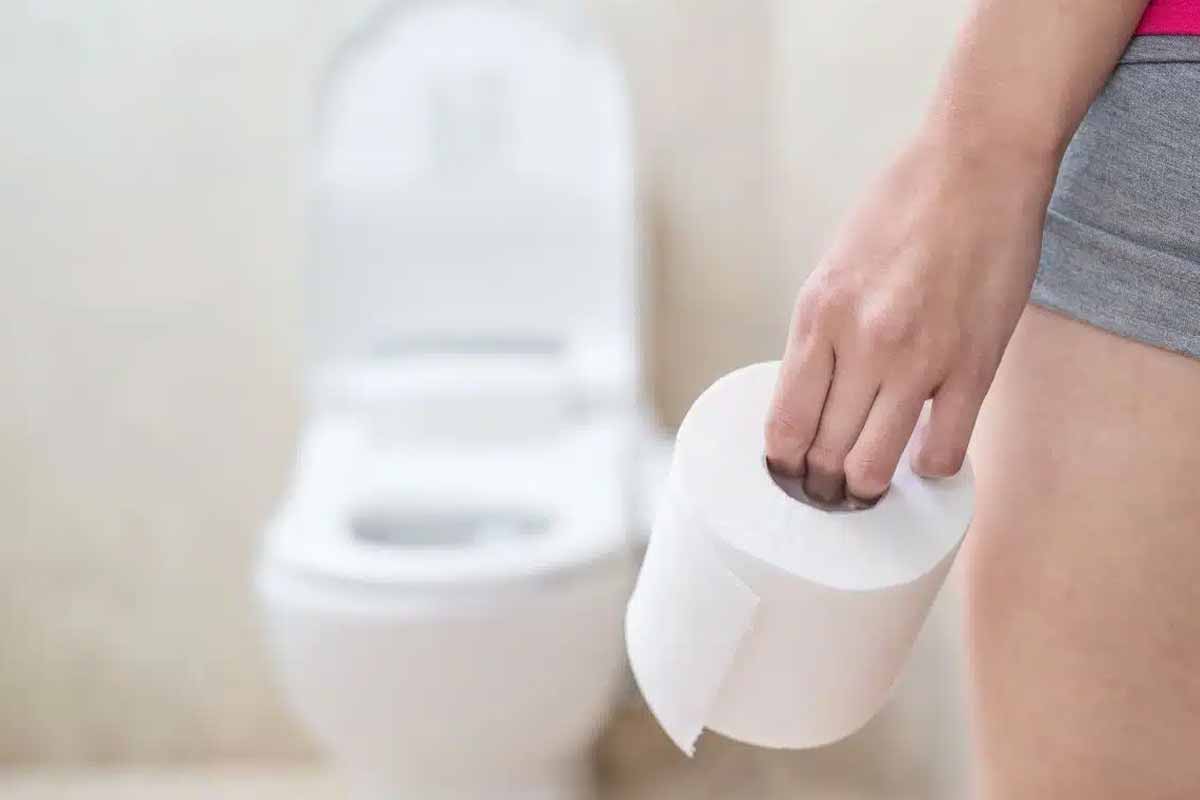Change can start in the smallest room, yet it reshapes habits, trims waste, and lifts daily comfort. Across continents, homes adopt water-cleansing washlets because they feel gentle and work better, day after day. Families report cleaner skin and lighter bins, while budgets breathe and bathrooms stay calmer. The old dependence on toilet paper meets precise rinsing, warm air, and touchless control, so hygiene finally matches modern expectations. Results arrive quietly, then stick because the routine feels natural and kind.
What replaces the old habit, and why it matters
Washlets pair a targeted water jet with adjustable angle and pressure, then finish with gentle air drying. The result feels soothing and leaves no abrasive residue. Heated seats and touchless lids raise comfort while contact drops. Compared with toilet paper, water cleans consistently and predictably for kids, elders, and guests.
Upstream impacts are stark. The Natural Resources Defense Council reports annual U.S. demand destroys over one million forest acres, much in Canada’s boreal region. One roll requires thirty-seven gallons of water, one-and-a-half pounds of wood, and significant energy. Those costs accrue well before any package even reaches a local store.
Downstream, bleaching adds harmful chemicals to waterways, while packaging and transport inflate the carbon footprint. Toilets and pipes suffer because clogs build from paper and wipes, so maintenance skyrockets. With water cleaning, residue leaves the body quickly, pipes stay clearer, and municipal systems handle less bulky waste during peak demand.
How toilet paper fell behind in cleanliness and care
Dry wiping misses what water removes, and sensitive skin notices first. Dermatologist Dr. Rosemarie Ingleton warns, “Dry wiping can leave behind bacteria and fecal matter,” raising irritation and infection risk during digestive flare-ups. People with hemorrhoids or dermatitis feel stinging after repeated passes, so comfort declines when relief matters most.
So-called eco options change little about the mechanism. Bamboo rolls reduce some sourcing pressure, yet mills still cut, bleach, wrap, ship, and flush a product that cannot match water for thoroughness. Switching to washlets replaces friction with precision, so hygiene improves while effort shrinks and sensitive areas finally get relief.
Medical voices now favor water where long-term intestinal issues complicate care. Gastrointestinal specialist Dr. Thomas L. Schwartz notes that bidets reduce bacterial transfer and discomfort. Because water reaches places paper cannot, cleaning finishes faster, drying completes the routine, and users report lasting freshness at home, at work, and while traveling.
Health, comfort, and everyday ease: real-world benefits
Japan shows habit change when better tools appear at scale. A 2023 report from its Ministry of Land, Infrastructure, Transport, and Tourism found over eighty percent of households using washlets daily. Ubiquity normalizes settings, so guests know controls. The standard turns intuitive and friendly, and toilet paper stops being default.
Environmental Paper Network modeling in 2022 estimated switching can cut household roll use by up to one hundred percent, depending on habits. Ripple effects: forests are preserved, emissions fall, wastewater burdens ease, and blockages drop. Neighborhoods avoid back-ups, plumbers handle fewer emergencies, and plants process fewer fibers clogging systems significantly.
Personal routines get smoother because users set warmth and angle once, then let memory handle repeats. Touchless lids open and close, so fewer surfaces need wiping and cleaning. Gentle air drying reduces irritation, laundry lightens, and pharmacy trips drop for creams that mask discomfort. Mornings run faster and evenings calmer.
From forests to faucets: the true cost of toilet paper
A single household’s switch looks small, yet scale multiplies impact quickly. Manufacturing devours resources long before packaging sits on a shelf, while a focused rinse uses water only when needed. Because washlets clean efficiently at the source, logging, packaging production, and energy-intensive bleaching all shrink with every use across neighborhoods.
Upstream chains emit greenhouse gases through trucks, mills, and warehouses that move, process, and store paper. Disposal adds more, as fibers ride sewers to plants that must separate, settle, and process them. Water cleaning trims each stage, pumps strain less, crews answer fewer calls, and cities redirect resources toward needs.
Health links to environment because skin thrives when irritation falls. During digestive upsets, repeated passes rub delicate tissue; a gentle rinse, then air, works better. People report less burning after spicy meals, easier runs, and calmer post-partum recovery. The routine respects biology instead of fighting it, so comfort finally lasts.
Adoption made simple: cost, setup, and daily savings
Price no longer blocks entry. Basic attachments start near forty dollars, and feature-rich seats stay under six hundred dollars. Most units install with simple tools, no special plumbing, and finish in about fifteen minutes. Homes add warm seats, pressure control, and drying without remodeling, and controls remain clear and friendly.
Savings arrive quickly and keep compounding. Brondell estimates a family of four can eliminate more than three hundred eighty rolls yearly, saving one hundred eighty to two hundred fifty dollars. Pantries regain space, bins smell less, and shopping lists shrink. Fewer emergency runs happen because packages no longer crowd carts.
Change spreads through stories because early adopters share experiences with friends and family. “We tried it out of curiosity, but now we’re completely converted,” says Rachel F., a Brooklyn resident. “We’re cleaner, and we haven’t restocked toilet paper in months.” Comfort sells itself, and proof arrives after every rinse cycle.
Why the gentler method wins on health, budgets, plumbing, and climate
The shift is practical, kind to skin, and easier on cities, so momentum keeps building. Features like warm air, touchless lids, and memory settings turn an obligation into comfort that people look forward to. Costs fall while forests stand, and pipes stay clear. Families who switch use less toilet paper, feel fresher, and keep routines simple because water works precisely where friction fails, and because the results last between visits.
